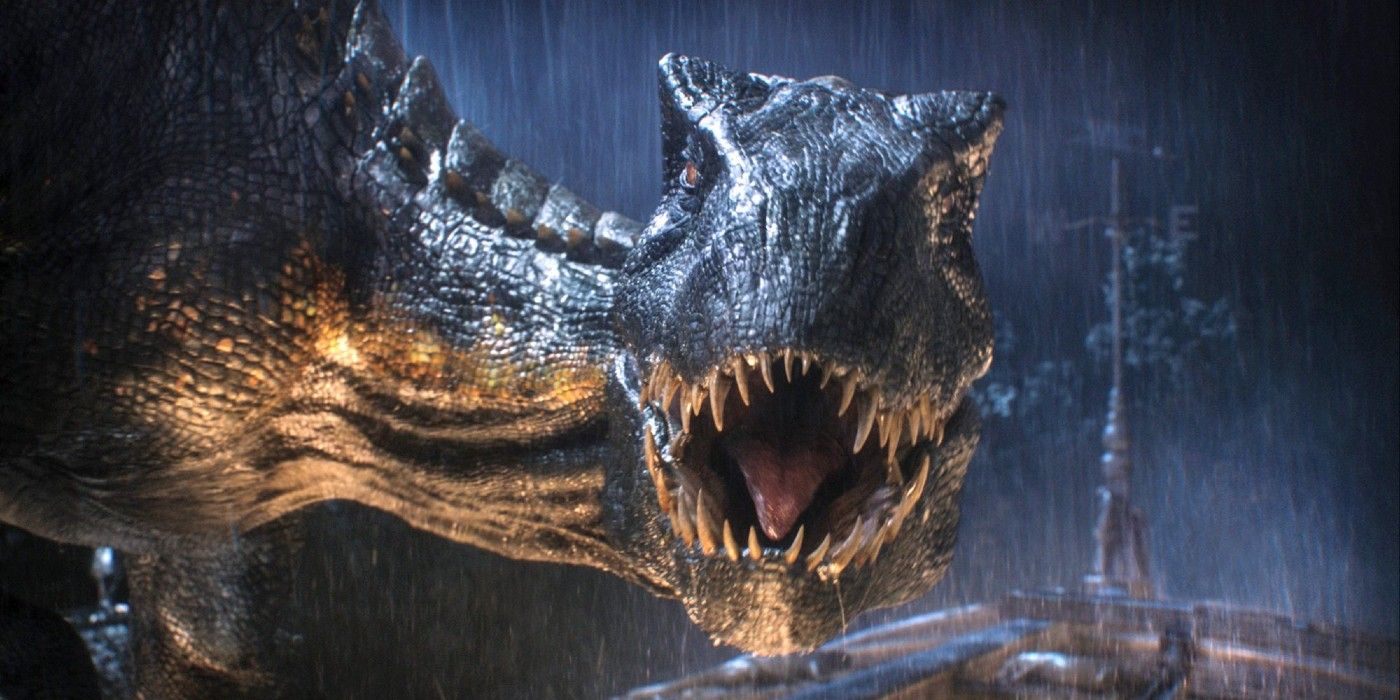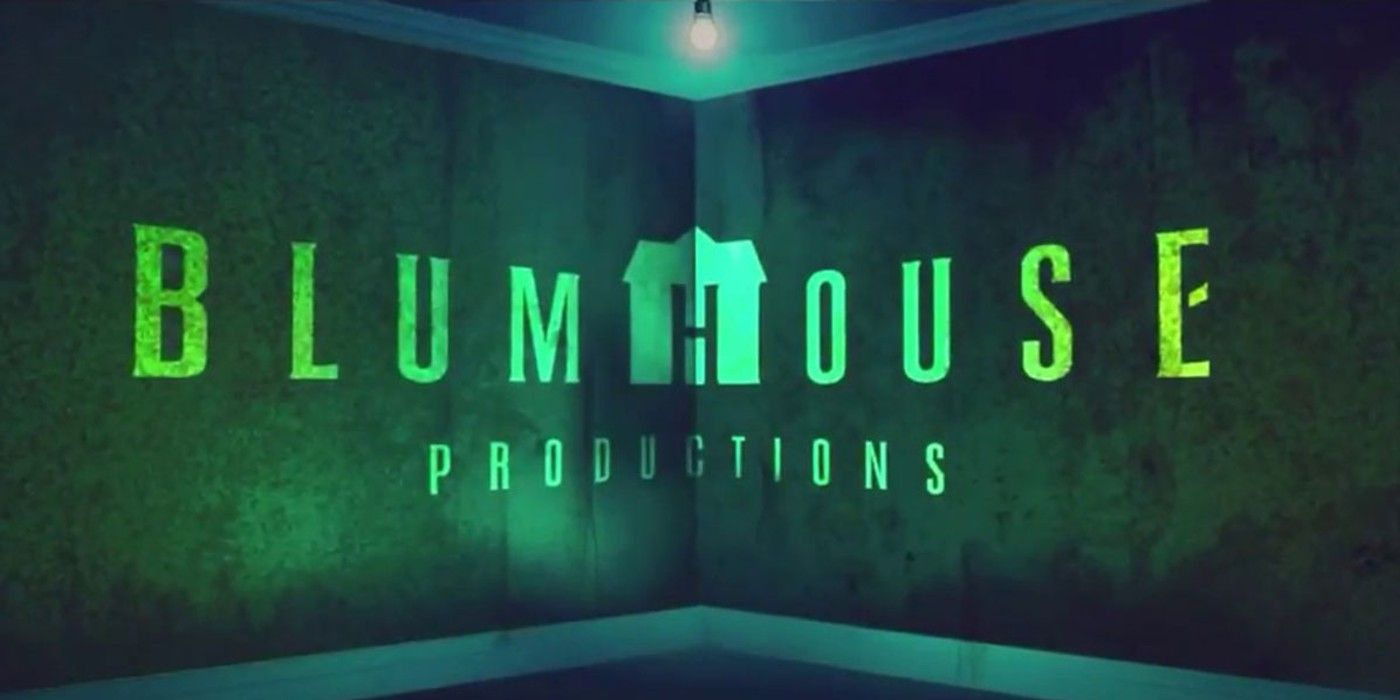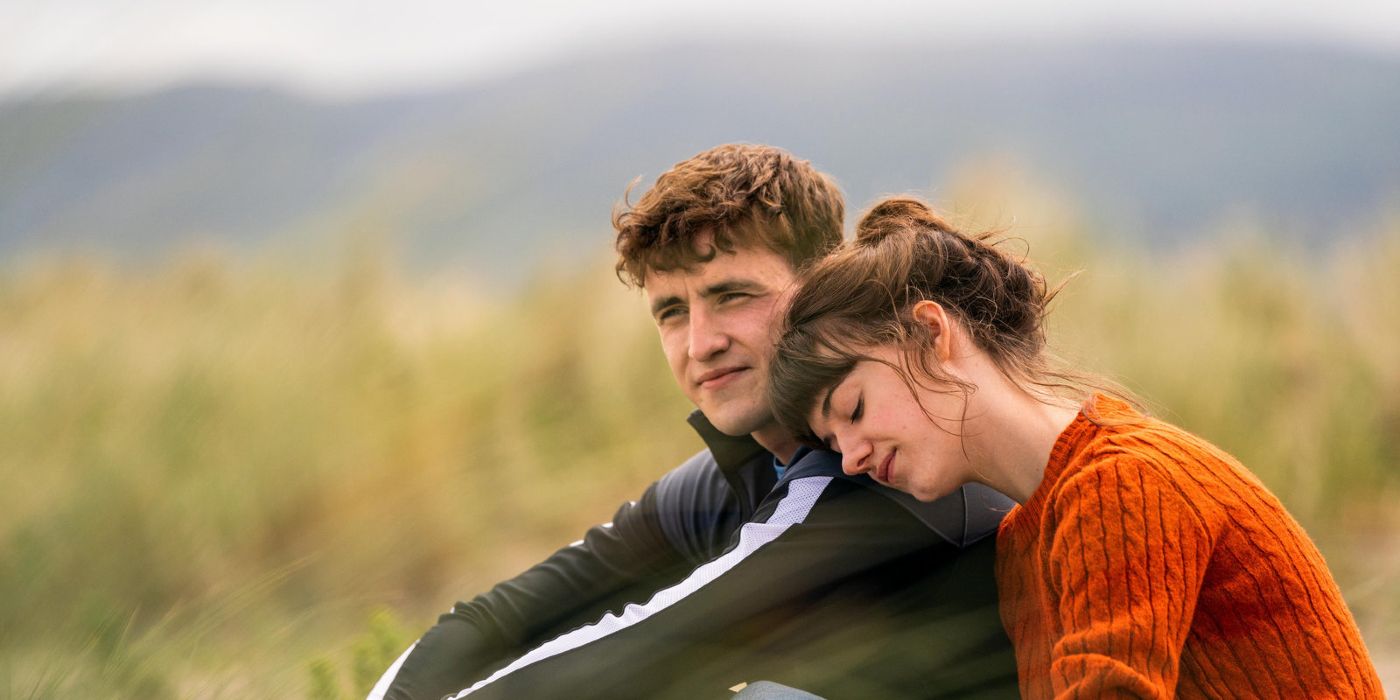Earlier this month, Jurassic World: Dominion finally wrapped after a stagging 18-month production period. Having weathered a global pandemic and numerous delays due to positive COVID tests, the film still has a gruelling post-production to go before it’s slated released on June 10, 2022. Nevertheless, it’s completion is being a hailed as a milestone for the industry: ostensibly the biggest movie to finish filming during the pandemic, many are pointing to Dominion as an example of how films can still be made and that the industry is still viable. But just how viable is it?
Speaking to Variety, Alexandra Derbyshire (one of the film’s executive producers) indicated that Dominion was could only be completed due to Universal’s mountains of cash. The studio funded countless extra expenses to ensure that it was safe for cast and crew to work on the film - approximately 90 additional sinks, 200 hand sanitizer stations, an estimated 50,000 COVID swab tests (at $150 a pop), iPads for each crew member so they could communicate, hotels so everyone could self-isolate, extra studio space to comply with social distancing, and even a supervision team who went around to remind everyone to stand two metres apart. The extra cost of all these measures? According to Derbyshire, “it’s in the tens of millions”.
And, at the other end of the scale, the story is roughly the same. Speaking to Inverse, Jason Blum, founder of Blumhouse and master of the micro-budget horror flick, stated that “an additional 10 to 20 percent of a movie's budget goes towards PPE”. As he aptly summaries, “that ain’t cheap”. Nevertheless, multiple Blumhouse features have been filmed during the pandemic (such as Paranormal Activity 7), indicating that these indie features have still found a way. So, for big blockbusters and micro-budgets alike, COVID is providing a costly but not insurmountable challenge. But who’s getting left out? Mid-budget features.
Unlike their serendipitous siblings, mid-budget films (movies that typically have around $50m) don’t have the luxury of hundreds of millions to blow on PPE or the flexibility that comes from having a micro budget. While blockbusters can just throw money at their problems, and micro-budgets can adapt incredibly quickly (an upcoming film, Rift, completely changed the central idea for their film after their shooting locations moved due to Covid), mid-budget films have the worse of both worlds. In fact, since studios have restarted operations, there has been a dearth of mid-budget films announced – filmmakers are going either indie or blockbuster, and not somewhere in the middle.
And it’s easy to see why. Take supporting actors, for example. In pre-pandemic times, it was a breeze to find 10 to 20 people to fill nominal roles on a day’s notice – producers could just call up an agent or petition passers-by down Hollywood Boulevard. Nowadays, however, actors are required to produce three COVID negative tests before they’re even allowed in the studio, meaning everything is much harder to plan. Smaller films typically utilise small casts and blockbusters have the money to wait it out, so it’s mid-budget features that will suffer. Those magnificent crowd scenes in 1917? They couldn’t happen if the film were made in 2020.
Additionally, there’s also the matter of mental health. In recent weeks, the conversation has drifted onto how bubbling affects those working on a project – if a film or TV show is big enough, its cast and crew could be isolated away from their loved ones to up to six or seven months at a time. While indie films can be shot in around three weeks and blockbusters can cycle through crews to minimise isolation, mid-budget films once again don’t have the same luxury. Can those involve justify the project to themselves?
Away from the budget of a project, even the content of films and TV shows are affected. In the UK, the long-running soap EastEnders recently announced that they would be reducing the number of kissing scenes included in the show, as they simply couldn’t find a feasible way to include them. They initially trialled using actors' husbands, wives, boyfriends and girlfriends but then using camera angles to make them look like their on-screen partners, but that monstrously failed. They even attempted to have them kiss through Perspex screens and then edit the separators out afterwards, but that also proved cost inhibitive – so they simply gave up and cut back the kissing scenes. Whilst a particular example, this change in practise is perhaps demonstrative of the industry’s mindset moving forward. If they can’t find a safe or cheap way to include a scene, they may just cut a scene or an element altogether. Suddenly, due to COVID, even the content of our favourite films and TV shows may change.
With the recent good news of successful vaccines, however, all this may change. Who knows: in a few months’ time, the industry may be back to business as normal (or as normal as the Jurassic World films ever were). Nevertheless, over the next year or so, COVID will have a monumental effect on not only how films are made, but what films are made.



